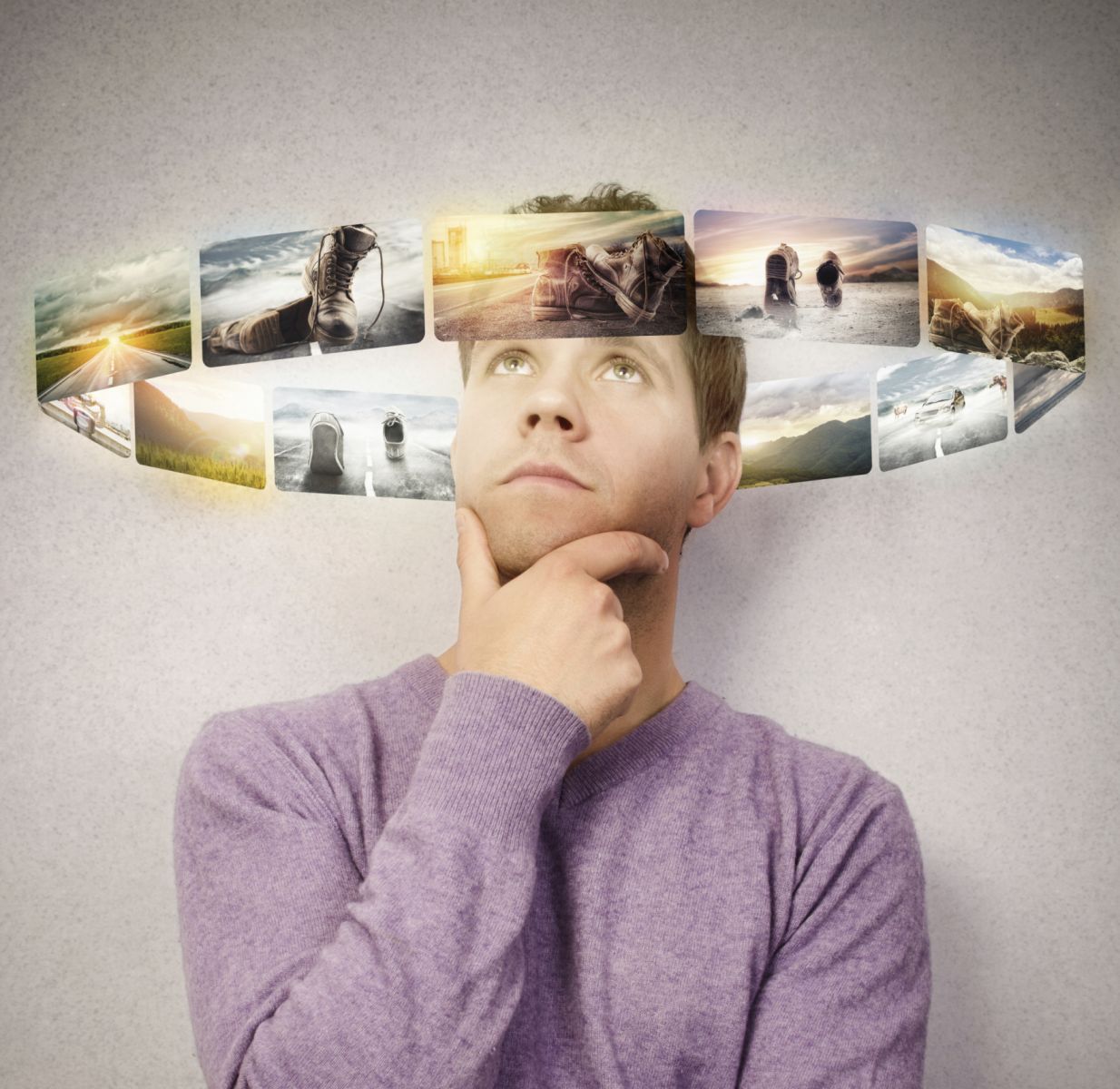Romantic dreams have intrigued and fascinated humans for centuries. These dreams are a fascinating aspect of the human experience, offering us glimpses into the deep recesses of our minds and emotions. In this article, we will explore the science of romantic dreams and delve into the psychology behind them, seeking to understand their significance and impact on our lives.
The Science of Dreams
Dreams are a universal phenomenon that occur during sleep. They have been a subject of curiosity and study for centuries. Dreams happen during specific stages of sleep, primarily during Rapid Eye Movement (REM) sleep, which is characterized by heightened brain activity and vivid dreams. Scientists believe that dreams serve various functions, such as memory consolidation, emotional processing, and problem-solving.

During REM sleep, the brain’s limbic system, responsible for emotions, and the neocortex, responsible for higher-order thinking, interact in complex ways to create dream experiences. Dream content can be influenced by a combination of past experiences, current thoughts, and emotional states.
Romantic Dreams: A Closer Look
Romantic dreams hold a unique place in the realm of dreams. These dreams often involve vivid scenarios where individuals experience intense emotions, affection, and intimacy with romantic partners or desired individuals. While dreams can be highly individual, some common themes emerge in romantic dreams, such as first dates, weddings, and intimate moments.
The frequency of romantic dreams can vary among individuals, influenced by factors like relationship status, emotional well-being, and personal attachment styles. Moreover, these dreams can evoke strong emotions upon waking, impacting our moods and outlook on love and relationships.
The Psychology Behind Romantic Dreams
Romantic dreams are not mere random occurrences; they carry psychological significance. One prominent psychological framework that sheds light on romantic dreams is the attachment theory. This theory suggests that our early attachment experiences with caregivers shape our attachment styles in adulthood.
Individuals with secure attachment styles may experience more positive and reassuring romantic dreams, reflecting a sense of trust and safety in their relationships. Conversely, those with insecure attachment styles may have more anxious or fearful romantic dreams, mirroring their inner insecurities and unresolved emotional issues.
Moreover, romantic dreams may serve as a manifestation of unconscious desires and needs. The dream imagery and symbolism can provide valuable insights into our deepest longings and hidden emotions that might be challenging to access consciously.
Exploring the Link Between Dreams and Reality
Many wonder if romantic dreams hold any predictive power for real-life relationships. While there is no direct evidence that dreams can foresee the future, some studies have suggested that dream content can reflect aspects of an individual’s waking life.
Interpreting romantic dreams can offer valuable insights into our emotional well-being and the dynamics of our relationships. Keeping a dream journal and reflecting on dream patterns can help individuals gain a better understanding of their emotional state and identify any unresolved issues in their romantic lives.
Neurological Perspectives on Romantic Dreams
Advancements in neuroscience have allowed researchers to explore the neural underpinnings of dream activity. Brain imaging studies have revealed that certain brain regions, such as the prefrontal cortex and the amygdala, are particularly active during REM sleep and dream formation.
Furthermore, hormones like oxytocin, often referred to as the “love hormone,” have been found to play a role in dream experiences, potentially influencing the emotional content of romantic dreams.
Cultural and Gender Influences on Romantic Dreams
As dreams are influenced by culture and individual experiences, romantic dream themes can vary across different societies and genders. Cultural norms, expectations, and beliefs about love and relationships can influence the imagery and scenarios that appear in romantic dreams.
Additionally, gender differences in romantic dreams have been noted. For example, studies suggest that women may dream more frequently about romantic relationships, while men’s romantic dreams may be more sexually explicit.
The Therapeutic Value of Romantic Dreams
Therapists often use dream analysis as a tool to gain insights into their clients’ emotional and psychological well-being. Dream analysis can be especially valuable in the context of romantic relationships, helping individuals explore their feelings, fears, and desires in a safe and non-judgmental space.
Furthermore, dream exploration can be beneficial for couples in relationship counseling, fostering open communication and understanding of each other’s needs and perspectives.
Lucid Dreaming and Romantic Fantasies
Lucid dreaming refers to a state where the dreamer becomes aware that they are dreaming and can exert some control over the dream narrative. In the context of romantic dreams, lucid dreaming may offer individuals an opportunity to actively engage in romantic fantasies and explore desires in a controlled environment.
However, achieving lucidity in dreams can be challenging and requires practice and self-awareness. While lucid dreaming can be a fascinating tool for self-discovery, it’s essential to approach it with a sense of responsibility and ethics.
Dream Journaling for Better Insight
Dream journaling is a popular technique for exploring dream content and gaining a deeper understanding of the emotions and themes present in dreams, including romantic dreams. Keeping a dream journal involves recording dream experiences immediately upon waking.
By documenting dreams regularly, individuals can identify patterns, recurring themes, and emotional patterns related to their romantic dreams. Analyzing dream journal entries can be a valuable exercise for self-reflection and personal growth.
Nightmares in the Realm of Romantic Dreams
While romantic dreams are generally positive experiences, they can sometimes turn into distressing nightmares. Nightmares involving romantic partners or relationship conflicts can be particularly emotionally intense.
Individuals experiencing distressing romantic dreams should consider seeking support from a mental health professional. Nightmare disorders can be effectively treated through therapy and counseling.
Future Directions in Dream Research
As technology and neuroscience continue to advance, new avenues of dream research are opening up. Emerging technologies, such as virtual reality, may offer exciting possibilities for studying dream experiences in a controlled environment.
Further exploration of dream content, symbolism, and neurobiological processes holds the potential to deepen our understanding of human consciousness, emotions, and relationships.
Conclusion
Romantic dreams offer us a glimpse into the complex and intricate workings of our minds and emotions. They serve as a window into our deepest desires, fears, and unresolved issues in the realm of love and relationships.
By exploring the science of romantic dreams and delving into the psychology behind them, we can gain valuable insights into our own emotional landscapes and enrich our understanding of human connections. see this here Embracing our dreams, including the romantic ones, can be a path to personal growth and a deeper appreciation of the mysteries of the human mind.

Greetings and welcome to my realm of dreams, emotions, and spiritual insight. I’m Nathaniel Cole, your dedicated companion on a transformative journey through the world of dreams and their profound meanings. Read more
